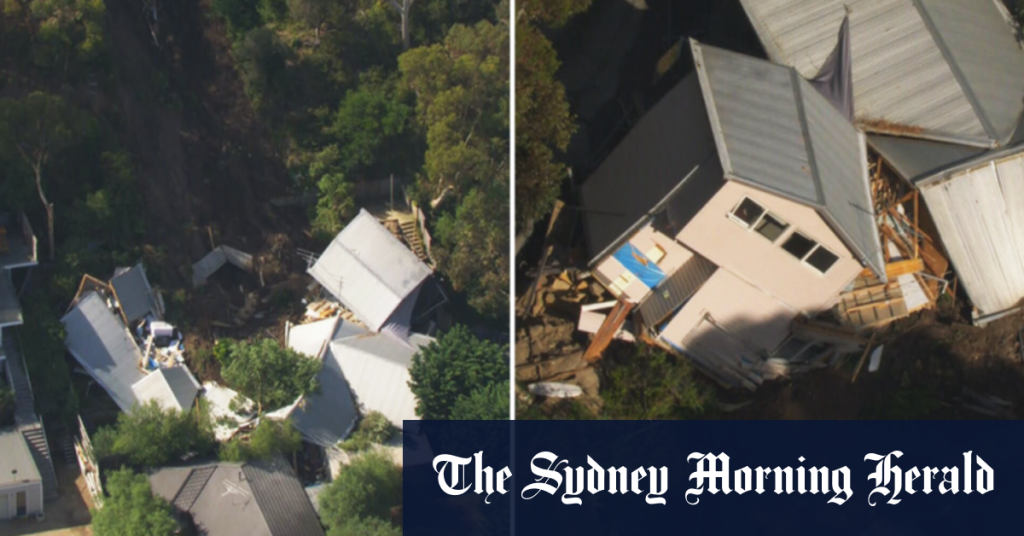The devastating impact of a landslide on a Mornington Peninsula house in Victoria, Australia, unfolded on January 14, 2025. The destructive force of nature tore the house apart, leaving a scene of wreckage and highlighting the inherent vulnerability of structures built in geologically unstable areas. While specific details regarding the cause and extent of the landslide remain limited due to the unavailability of the video footage, the event underscores the critical need for comprehensive geological surveys and robust building codes, particularly in regions prone to such natural disasters. The incident serves as a stark reminder of the powerful forces of nature and the importance of proactive measures to mitigate risks associated with landslides.
Landslides, often triggered by heavy rainfall, earthquakes, or erosion, are a significant geological hazard in many parts of the world. They occur when masses of rock, earth, or debris move down a slope, often with devastating consequences. The Mornington Peninsula, with its varied topography and coastal cliffs, may be susceptible to landslides, particularly after periods of intense rainfall. The saturation of soil can weaken the stability of slopes, leading to sudden and catastrophic failures. The incident highlights the necessity of ongoing geological monitoring to assess and manage the risks associated with landslides in vulnerable areas.
The destruction of the house serves as a poignant reminder of the precarious balance between human development and the natural environment. While the desire to live amidst picturesque landscapes is understandable, it is crucial to carefully consider the geological stability of an area before undertaking construction. Building codes and regulations must incorporate stringent guidelines regarding slope stability and drainage to minimize the risk of landslides. The incident emphasizes the importance of adhering to these guidelines and prioritizing safety in construction practices.
Furthermore, the incident underscores the importance of early warning systems and effective emergency response protocols. Timely warnings can enable residents to evacuate vulnerable areas before a landslide strikes, minimizing human casualties. Effective emergency response mechanisms, including trained personnel and equipment, are crucial for rescue and recovery efforts in the aftermath of such events. The Mornington Peninsula incident emphasizes the need for constant preparedness and community education about landslide risks and safety procedures.
While the destruction of the house represents a significant loss for the affected family, it also provides a valuable learning opportunity for the wider community. This incident should serve as a catalyst for a comprehensive review of building practices and land-use planning in areas susceptible to landslides. A thorough assessment of the geological stability of the region, coupled with stringent building codes and effective public awareness campaigns, can significantly reduce the risk of future tragedies.
In conclusion, the landslide on the Mornington Peninsula, while tragic, provides a crucial reminder of the power of nature and the need for responsible development practices. By learning from this incident, we can strive to create safer and more resilient communities that coexist harmoniously with the natural environment. The destruction of the house emphasizes the importance of prioritizing safety, investing in preventative measures, and fostering a culture of preparedness to mitigate the devastating impacts of future landslides. Through collective action and continued vigilance, we can work towards a future where such tragedies are minimized, and communities can thrive in safety and security.










